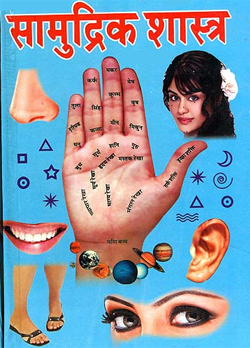- Astrology
- All Dosh
- Abhishek
- Puja Services
- Healings
- Therapies
- Meditation
- Vastu Shastra
- Attunements or ShaktiPaat
Face Reading, Samudrika Shastra & Palmistry

face reading explains how to make the best impression on those around you and also how to understand the true character of others. Face
reading is very practical and also useful in sales and business applications.
Face reading gives you insights into your own and others' character through an understanding of what their facial features reveal. This segment on face reading explains how to make the best impression on those around
you and also how to understand the true character of others.
Face reading is very practical and useful in sales and business applications. This is primarily what we will consider in today's presentation.
Courses Offered

Samudrika Shastra
Part of the Vedic tradition, is the study of face reading, aura reading, and whole body analysis. Often used in Vedic astrology, This tradition assumes that every natural or acquired bodily mark encodes its owner's psychology and
destiny. There are five main types of human elements in terms of the Samudrika: Agni, Vayu, Jal, Akash and Prithvi. Legends about the Rama and Krishna Avatars, Gautama the Buddha, and Mahavira the Tirthankara conform to this
tradition. It is a hand analysis in the Vedic tradition, a Sanskrit term that translates roughly as "knowledge of body features" was founded by Lord Brahma, the creator of this Universe himself and later propounded by Saint
Samudra. Features analyzed in Samudrika Shastra may belong to any part of the physique. Those marks found on the human hand, however, form a specialized study known within the Vedic tradition as Hasta Samudrika Shastra. Hasta
Samudrika Shastra thus serves as a sanctioned collection of ancient rules for hand analysis. In oversimplified terms, many think of Hasta Samudrika Shastra as Indian palmistry.

Palmistry or chiromancy
is the shaastra of characterization and foretelling the future through the study of the palm, also known as palm reading, or chirology. The practice is found all over the world, with numerous cultural variations. Those who practice chiromancy are generally
called palmists, palm readers, hand readers, hand analysts, or chirologists.
A palmistry reader can interpret aspects of a persons life by reading the lines of palmistry.A serious palmistry practitioner will begin by examining both hands: with a right-handed subject the left hand is considered
the 'birth hand', which shows inherited predispositions of character, while the right hand is thought to reflect individuality, flexibility and potential. For the left-handed subject the opposite would be true.
Palmistry begins with the obvious and proceeds, by innumerable intricate steps of judgment and interpretation, to extreme details of the palm. Conclusions can be made from a palmistry reading that
can provide you with answers to questions you have regarding your life
Courses Offered





































